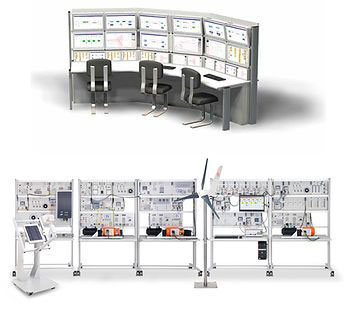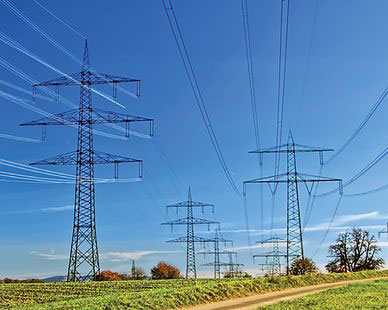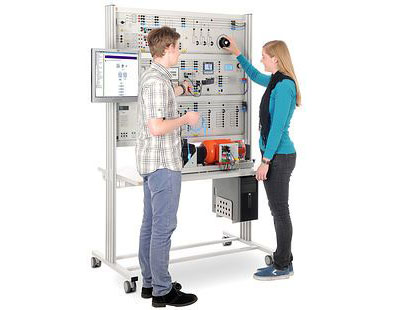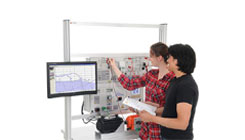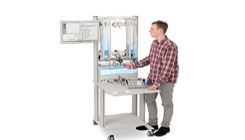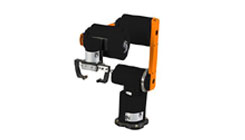Description
Training systems on the generation, distribution and management of electrical energy :
- Power engineering training system, distribution training system
- Energy generation training system, renewable energy generation training system
- Transformer training system, high-voltage transmission lines training system, protective systems training system
- Energy management training system, smart grid training systems
- Smart measuring instruments provided with various communication interfaces (e.g. LAN, RS485, USB) and control elements
- SCADA Power Engineering Lab software for the intelligent control and evaluation of "smart grids" using Soft PLC
- SCADA software designed for educational purposes
- Permits investigation of dynamically alternating loads and power generation inside the laboratory
- Intelligent energy management
- Modular integration of renewable energies into a smart grid using protective engineering
- Wind power plant with doubly-fed asynchronous generator (DFIG) and synchronisation to the grid
- Interactive multimedia training course
Smart Grids
Flexible grid management should make the increasing proportion of renewable energy sources compatible with conventional infrastructures associated with power stations. The variety and number of these decentralized power plants require a revision in how we manage power grids – so-called intelligent networks or "smart grids" :
- Improved coordination of energy requirements and energy generation, e.g. via intelligent switching of loads depending on the energy available
- Using modern IT technology, like the internet, sensors, control systems and wireless transmission devices
- "Smart metering" – digital current meters measure electricity consumption where customers are connected to the grid
- Shifting household consumption away from peak load periods
- Starting flexible applications such as washing machines outside peak load periods, at the initiation of a utility provider.
Power Transmission
High-voltage networks are usually operated with voltages in the region of 110 kV to 380 kV, whereby urban areas and large-scale industrial facilities are supplied with 110 kV, and 380 kV is used for long-distance transmission lines. The line simulation system is designed for operation at model voltages between 110 V and 380 V. Various voltage levels and line lengths can be selected via corresponding overlay masks. Examinations with the training system can be performed off-load, in normal operating mode, in the presence of a short-circuit or earth fault, with or without earth-fault compensation. The system also permits assembly of complex networks by connecting the line simulation models in parallel or series. The voltage can be supplied via a fixed grid or synchronous generator.
Micro Grid Trainer
A stand-alone power network is a type of power supply network which is closed and has no active lines coupling it to other parts of the electrical power supply grid. A stand-alone network is markedly smaller than a combined electricity grid and does not usually incorporate high-voltage power lines. For this type of network there are two distinct modes of operation, stand-alone mode and isolated parallel or generator-to-generator operation. This type of supply network is frequently used for the industrial power supplies of large businesses. When this stand-alone network is connected to a smart grid, it is referred to as a microgrid. This type of grid has three different operating modes: on-grid, off-grid and dual mode. Microgrids will be playing a huge role in the smart grids of tomorrow.
Transformers
In power engineering, transformers are used to connect the various voltage echelons of the power grid to each other. In transformer stations, electricity from the regional distribution grid with a medium voltage level of 10 to 36 kV is transformed to supply power to low-voltage end customers in the local grid. The heart of a transformer station is the transformer itself which also requires protective equipment. By carrying out hands-on measurements and fault simulations with the training system, it is possible to gain an understanding of these complex systems in the classroom.

